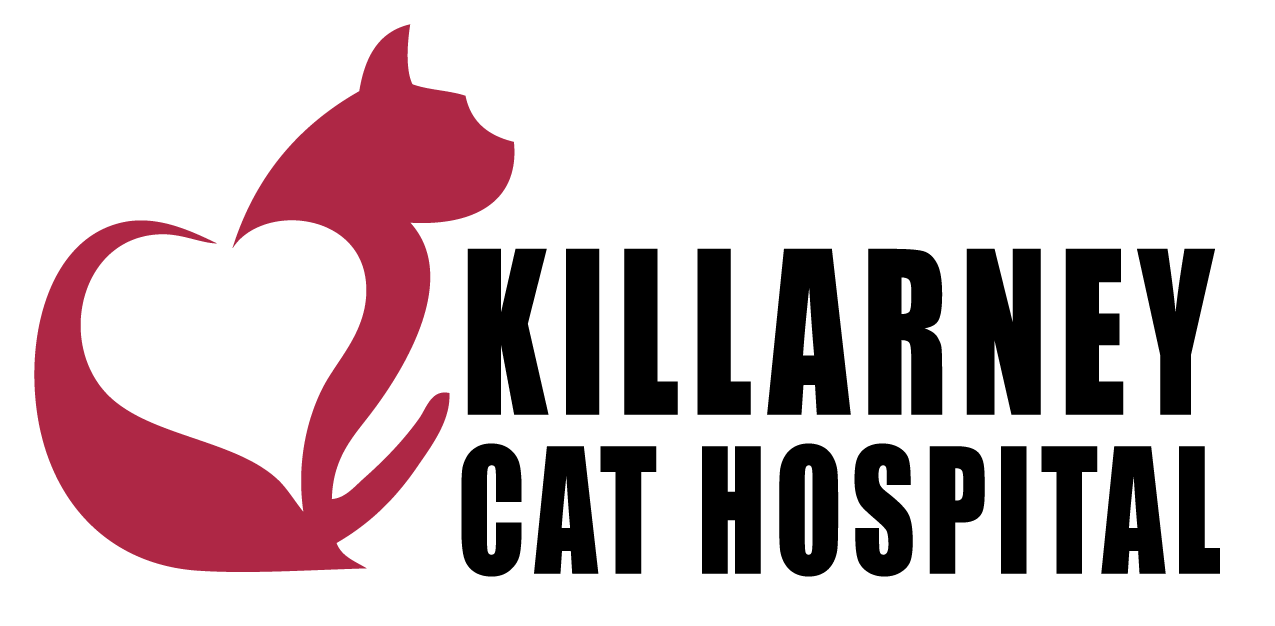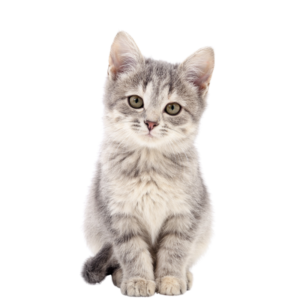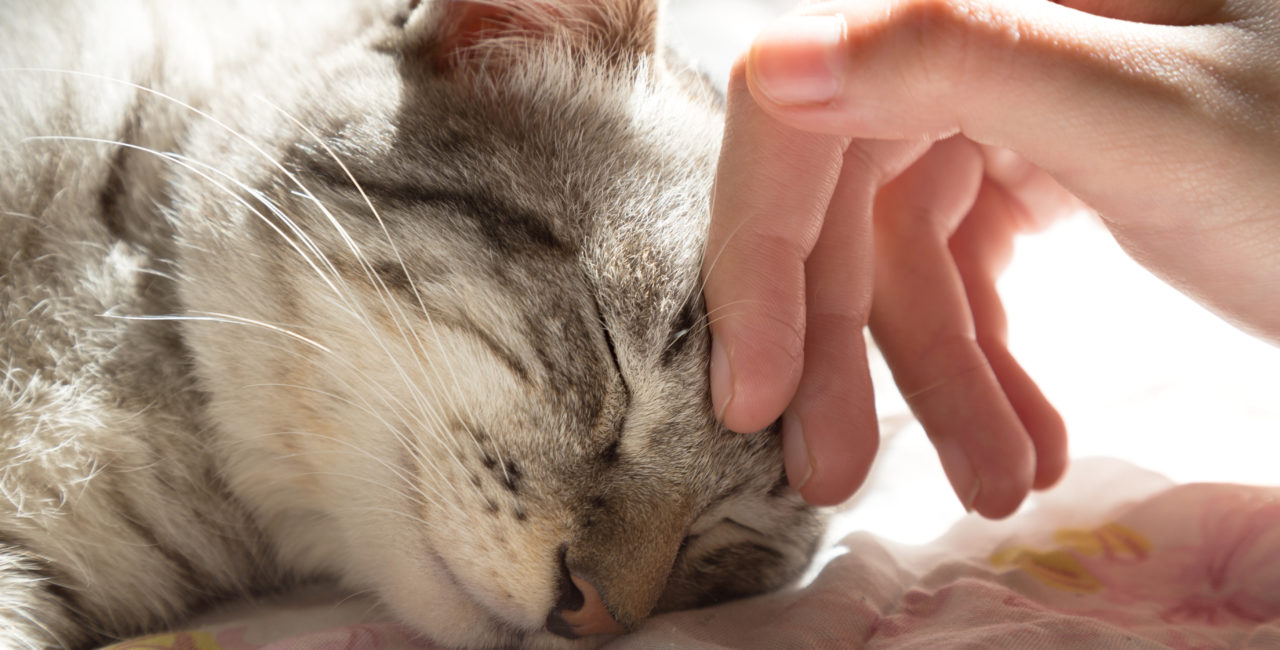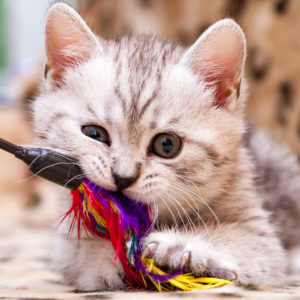I recently went to a conference in Banff and one of the talks I went to was about Dementia or Alzheimer’s in Dogs and Cats by Dr. Gary Landsberg who is a veterinary behaviourist. We often have clients bringing in their senior patients complaining of disorientation, howling at night, and overall changes in personality – some of the most common signs of cognitive dysfunction. I was excited to be able to attend this informative session and take notes to share with all of our lovely clients and senior cat owners!
What is cognitive dysfunction?
Defined as a decline in awareness and/or and altered response to stimuli.
DISHAA
Disorientation
Wondering/pacing. Difficulty getting around objects. Acts as though he/she is in a world of their own. (Rule out neurological problems) I once met a cat who used to wonder into the bathroom and get himself high waisted on the plumbing behind the toilet. The owners would hear him crying and come running to his rescue. His vet checked him and he wasn’t blind, nor did he have any other apparent health issues but for some reason, if the owners left the bathroom door open he would somehow find himself stuck behind the toilet.
Interaction
Change in social behaviours. A cat who didn’t like to be held now wants to be held all the time. A cat that used to like attention now cares less about it. No longer greets his/her owner at the door.
My own cat Sneaker who is 18 wants to be held constantly. As a young cat he hated being picked up. So I will hold him for an hour, put him down, he will walk over to the dish for a drink or snack, turn around, see me, and you can see the spark change in his eye “ I’m going to go climb on mom and get held for an hour!” As though he has totally forgotten that less than 2 minutes ago I had put him down. This also ties into memory loss.
Sleep/Wake Cycle
Waking owners at night. Vocalizing, howling – usually in the middle of the night. This is the number one reported sign by owners. Rule out hyperthyroid and hypertension.
House Soiling (learning/memory)
Forgetting where the litter box is. Can be that they got up to use the box and halfway there forgot what they were doing. Peeing beside the box but not in it. (Rule out arthritis, cystitis (inflammation of the bladder) infection, increased urgency due to a medical problem, other?).
Before my cat Daisy passed away she started to develop some of these behaviours. She would go the box and perch on the side of the box with all four feet but instead of putting her bum over the litter would point her bum the other way and pee on the floor. But yet she continued to defecate in the box like she always had, nothing with the litter or location had changed either.
Anxiety
New fears. Or suddenly not anxious, nervous when they used to be calm or vice versa.
Activity Levels (increase or decrease)
Sleeping more, restlessness, inability to settle, wandering /pacing.
How do we know if it’s affecting g our pets?
Diagnosis is usually made by clinical signs and ruling out other illness. Many studies have been done on people, the research in dogs is ongoing, but to date no published studies have been done on the exact biology or process in the brain of cats. We can see the signs of cognitive dysfunction happening to our patients so we can confidently say it is happening to them too.
These subtle signs will advance over 6 months. Keep a record or journal; be aware of what to look for. Doing regular vet checkups to rule out any other causes. Making sure to bring up any subtle changes that you may not feel are important but might be a sign of a bigger issue. In one of Dr. Landsberg studies, only 54% of behaviour problems were reported to veterinarians. With awareness and advice, we can help to improve the senior cats quality of life and give them better senior years.
In a small unpublished study by Dr Landsberg, 67% of cats over the age of 11 had one or some of the DISHAA signs.
What can we do to help them?
Diet
(In dogs) The prevalence of the DISHAA signs decreased by almost three times with a high-quality commercial diet vs. low-quality brand or table scraps. It would be fair to say the same for cats. Diet and prevention are always the best medicine.
Supplements
Omega 3 fatty acids – for brain health and function
Vitamin B12 – feel good vitamin. Gives them energy, also acts an appetite stimulant.
SAMe (S-Adenosyl methionine) – supports liver and brain function
Environmental Adaptations
Moving the litter box closer to sleeping areas, less chance to forget they have to go. This also helps with increased urgency and arthritis.
Not making any changes to the home at all as it is difficult for the cats to learn a new routine.
Avoid bringing another animal into the household whose presence might be stressful to an older cat.
Consistency – stick to a routine. Making sure that your cat who wants to be held all the time gets a reasonable amount of attention. Doing this at the same time every day may help with the constant need.
Night light for those cats that may also have some vision loss.
Ramps/Stairs so they can still get to their favorite sleeping spots. Arthritis may be preventing them from doing so and that can cause confusion and anxiety.
Enrichment
Start early. Use it or lose it.
Feeding puzzles/mazes. Stimulate the brain and keep it active.
Bird feeders outside. Older cats may not have the energy to play and hunt but bird feeders can be like cat TV and it gives them something to think about, it activates the hunting center in their brain. If their appetite has been poor this may also encourage them to eat as it activates that prey center in the brain.
Behavior Modifying Drugs
By veterinarian prescription only after thorough exam
If you have any questions or concerns please feel free to call us at the clinic!
Written by Kim E, RAHT




